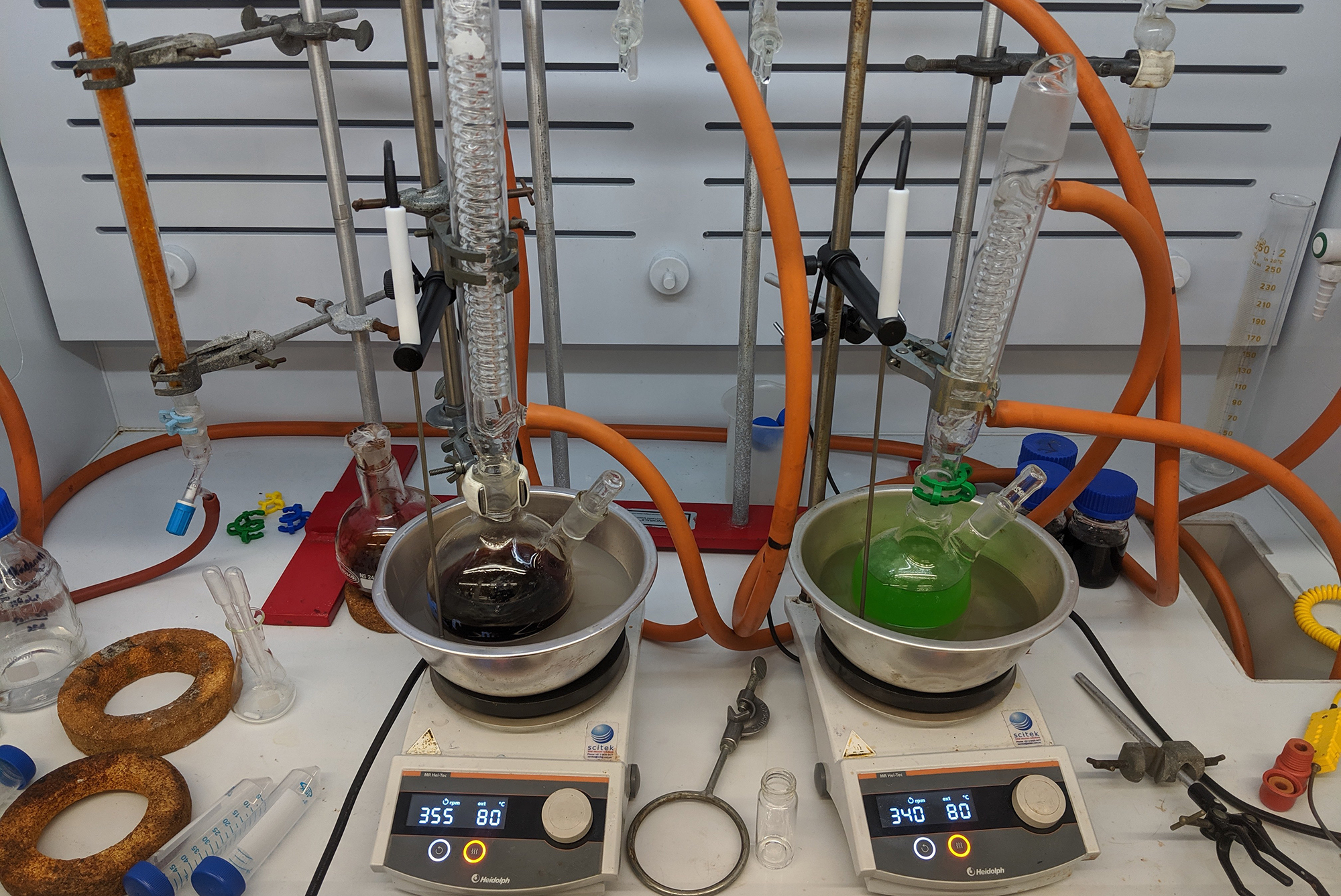Today I’ve been thinking about the policy angle of my project and how art practices might inform policies around nanobiotechnologies. Two wonderful science art friends who have been involved with space art policy in their respective countries, Sarah Jane Pell (Australia) and Nahum (Mexico), were kind enough to give me some advice on how their arts practices have engaged with policy.
Following that I’ve researched the advocacy and activist groups who work with nanotechnology in Australia and found the following:
- The Australian Nanotechnology network
- Friends of the earth
- Prime Minister’s Science, Engineering and Innovation Council (PMSEIC) Working Group on Nanotechnology
- Minerals Council of Australia
- Australian Council of Trade Unions
- Nanotechnologies Technical Committee (established by the International Organisation for Standardisation (ISO))
- Australian Academy of Science’s National Committees
- GoNano (Europe based, but great in that they already have a model of integrating the government, industry, academia and community to inform government policy collaboratively).
I’m currently developing contacts with these groups to establish a dialogue about how arts practices might contribute. More on this later as it unfolds.
